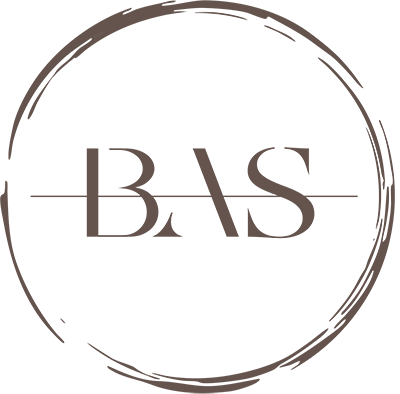Conversion-centered Design (CCD) is a design method targeted specifically at designing experiences that achieve a single business goal. It seeks to guide the visitor toward completing that one specific action. You do this by using certain design principles, persuasive design and psychological triggers as design tools to increase conversions.
It depends on the user journey and the business goal, but mostly its about conversions. I like to emphasize that you always must have usability in mind. The user must be able to find or do what he wants with as few actions as possible, without having to search endlessly for it. When filling in forms, users should be assisted by giving clear instructions, even when invalid or incomplete information is entered. But above all it must be clear how the creator intended the website (intuitively). If that is not the case and the visitor becomes distracted and irritated, then there is friction. Friction is always a conversion killer.
Landing pages sit at the heart of CCD. A landing page is a standalone page that uses congruent design, working toward a single collective purpose, leading your visitors toward the job to be done. This could include collecting personal data or providing information about your product / service before collecting personal data in your conversion funnel at the next stage.
After many years of experience with design and CCD i learned there are design principles you use to get your conversion goals. Actually you have 2 kinds of principles. There are design elements and you have the psychological elements. How you use these principles is also depending on what the business goal is. You always start with the question: “What is the main action you want visitors to take on this page?”. If there is only one goal, of course more likely your page will convert better.
Examples of design elements:
- Encapsulation
- Contrast
- Use of Color
- Directional Cues
- Clarity
- White Space
Examples of psychological elements:
- Social Proof
- Scarcity
- The Pain of Payment
- Urgency
- Primacy Effect
So where do you start and how do you apply these elements? It’s very useful to have a system. The system I like is the one developed by Oli Gardner, co-founder of Unbounce. He calls it a framework and it’s good too have some kind of system to work with to get to that conversion goal.
This framework consists the 7 Principles of Conversion-Centered Design:
Principle 1:
Create Focus – The foundation of conversion-centered design is focus. Learn why it matters to focus your audience on one goal at a time, and how design can hold their attention.
Principle 2:
Build Structure – Structure your page to influence visitors and guide them to action. Learn how to design your information hierarchy and set up your page layout.
Principle 3:
Stay Consistent – Keep your pages consistent with ad matching, and design guidelines to bring in more conversions.
Principle 4:
Show Benefits – The images on your page aren’t just there for show. Learn how to choose visuals that showcase the benefits of what you’re selling.
Principle 5:
Draw Attention – Use your design to draw attention to the elements that matter most. Here’s how to attract visitors to your CTA buttons using colors and typography.
Principle 6:
Design for Trust – Create social proof like testimonials and customer logos to build visitor confidence and prove credibility.
Principle 7:
Reduce Friction – Make it as easy as possible for your visitors to convert. Here’s how to optimize your forms and mobile pages to create a seamless experience.
